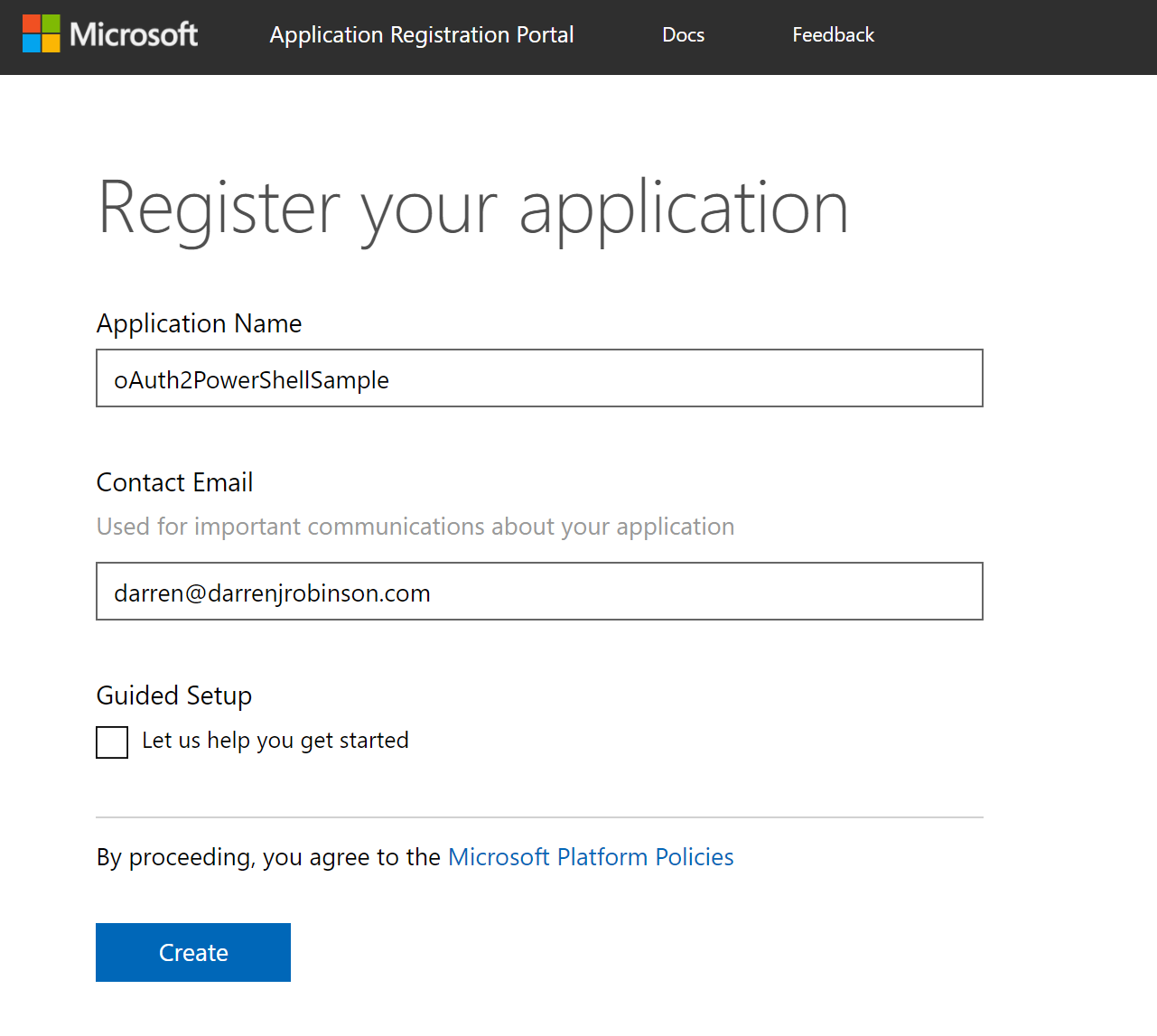Synchronizing Exchange Online/Office 365 User Profile Photos with FIM/MIM
Introduction
This is Part Two in the two-part blog post on managing users profile photos with Microsoft FIM/MIM. Part one here detailed managing users Azure AD/Active Directory profile photo. This post delves deeper into photos, specifically around Office 365 and the reason why you may want to manage these via FIM/MIM.
Background
User profile photos should be simple to manage. But in a rapidly moving hybrid cloud world it can be a lot more complex than it needs to be.… [Keep reading] “Synchronizing Exchange Online/Office 365 User Profile Photos with FIM/MIM”



